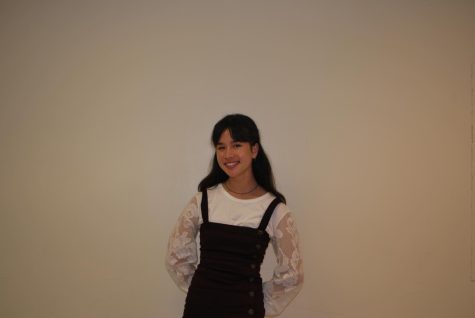PCP: Expression or Distraction
February 15, 2023
No bellies, no backs, no cracks by Maddie Gee
How far does a piece of clothing get someone in life? In the world of today, numerous adults, children, and especially teens can go so far as to tie their wardrobe to their individual identity. Anything from flare leggings to the now-dreaded skinny jeans can make someone feel comfortable, or on the opposite side of the spectrum, entirely out of place. Even thinking about the halls of LT stripped of authenticity by clothing rules can make fashionistas practically scream, yet one cannot deny the clear upsides.
For one, a dress code would prepare students for life well beyond the classroom. Strutting into an interview for a well-paying job wearing flip-flops and short-shorts is a one-way ticket to be escorted out the door. Yes, it can be fun to embrace all of one’s confidence and treat school like a fashion show, but this takes away from what the building is made for: education. A learning environment is extremely similar to the work environment and should be treated as such.
This does not mean students cannot express themselves through attire during school sporting events, clubs, or out-of-school-time, but a dress code would begin to shift students into the next phase of their lives. The phase where a parent no longer needs to dress their child, hold their hand, or tell them to look both ways when crossing the street: high school. A dress code welcomes a newfound bridge to dress-awareness for any occasion: when to wear athletic wear to a yoga class, a skirt past the knees with a blazer to knock that interview out of the park, and—if you haven’t guessed already—saving flip-flops and short-shorts for summer days on a beach. This bridge begins a discernment for the “real world.”
On another point, a school-wide dress code would also make teachers feel less like the “bad guys” if a student were to dress ridiculously and cause a class interruption. As opposed to uniforms, students could still wear what they want but instead focus less on their wardrobe and more on their education. Creativity and self-expression are nowhere close to being robbed with a dress code and only redirects personality to words and actions. Casual is casual, no need to think too much into it. It is not too strict for high schools to ask for no offensive logos and images on T-shirts or incredibly revealing tops when considering the learning environment. Adults devote their time and effort to raising the next generation of leaders and changemakers; the least we could do to thank them is enter a room dressed appropriately and ready.
Above all, it is the responsibility of a public school to guarantee safety from the moment an adolescent walks through the school doors. Academic performance is prioritized to nourish the best and brightest minds when limiting clothing that can cause distractions or violence. For the future of successful students, what harm can a dress code cause? To begin guidance in what to wear students can learn that a piece of clothing can, in fact, get someone far.
Let it all hang out by Evelyn Kowalski
One of my favorite aspects of LT’s public school nature is the freedom of self-expression students are offered. We can dye our hair, wear nail polish, sport loads of funky jewelry, and tack on as much eyeliner as we want–unlike some of our local private and public school counterparts. The diversity in the way students dress here is what creates such a unique environment, one where students are encouraged to be themselves.
However, a longstanding debate–locally and nationally–regarding school uniforms and dress codes is always apparent. A school environment is for learning, so why does it matter what you wear while in that environment as long as you’re getting the job done?
To start, dress codes primarily affect female students. Codes put in place targeting clothing and body parts that predominantly apply to girls single them out, and are quite frankly, uncomfortable. Why does a school need to be worried about the length of shorts or shirts? I never knew that belly buttons could be so distracting. Administrators and teachers really have no place regulating what students wear. As a minor, when clothing is deemed inappropriate by adults, it can feel like you as a student are being unnecessarily sexualized.
I, for one, have never felt “distracted” due to something one of my classmates has worn. Let’s say, for example, I see a girl in the hallway wearing the most incredible platform boots. I notice them, admire them, wonder how she can walk in them, and then move on. Would these boots take away from an entire class period for me? No, merely a few seconds of my train of thought.
Or, when school systems cater to male students claiming they are distracted by “exposed collarbones” or “shorts above the fingertips.” These arguments favor the male gaze over female comfortability and perpetuate the standard that instead of teaching boys how to behave respectfully, we need to make girls cover up.
Strict clothing guidelines can also provide an extra cost to families. If girls are required to wear long shorts (impossible to find, especially if you have long legs) or conservative clothing that they wouldn’t typically wear, it can be financially taxing. Not everyone can afford brand-new clothing for school, especially in this economic climate.
When it comes to a professional environment, it is widely known what is professional and what is not. It is entirely plausible for workplaces to create “guidelines” for clothing due to the nature of the environment. However, at school, restricting people in their youth from expressing themselves so they can prepare themselves for the “real world” is utterly ridiculous. If school, a place we are in five days a week, won’t let us be ourselves, then where can we be? What better time to do it than now?
All in all, I am extremely grateful for LT’s lax dress code guidelines. Seeing the nature of diversity when it comes to fashion choices, T-shirt taglines, and overall self-expression is refreshing and should be encouraged elsewhere.





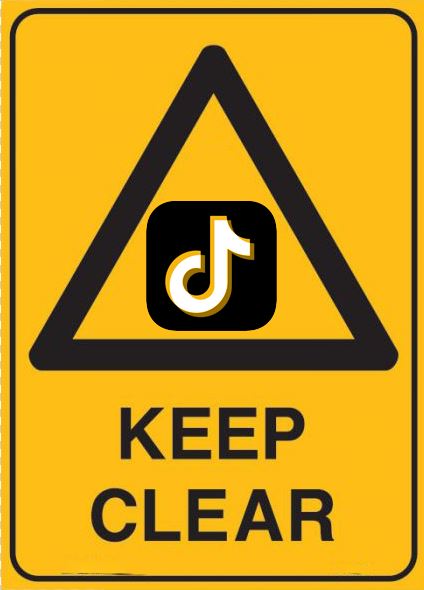



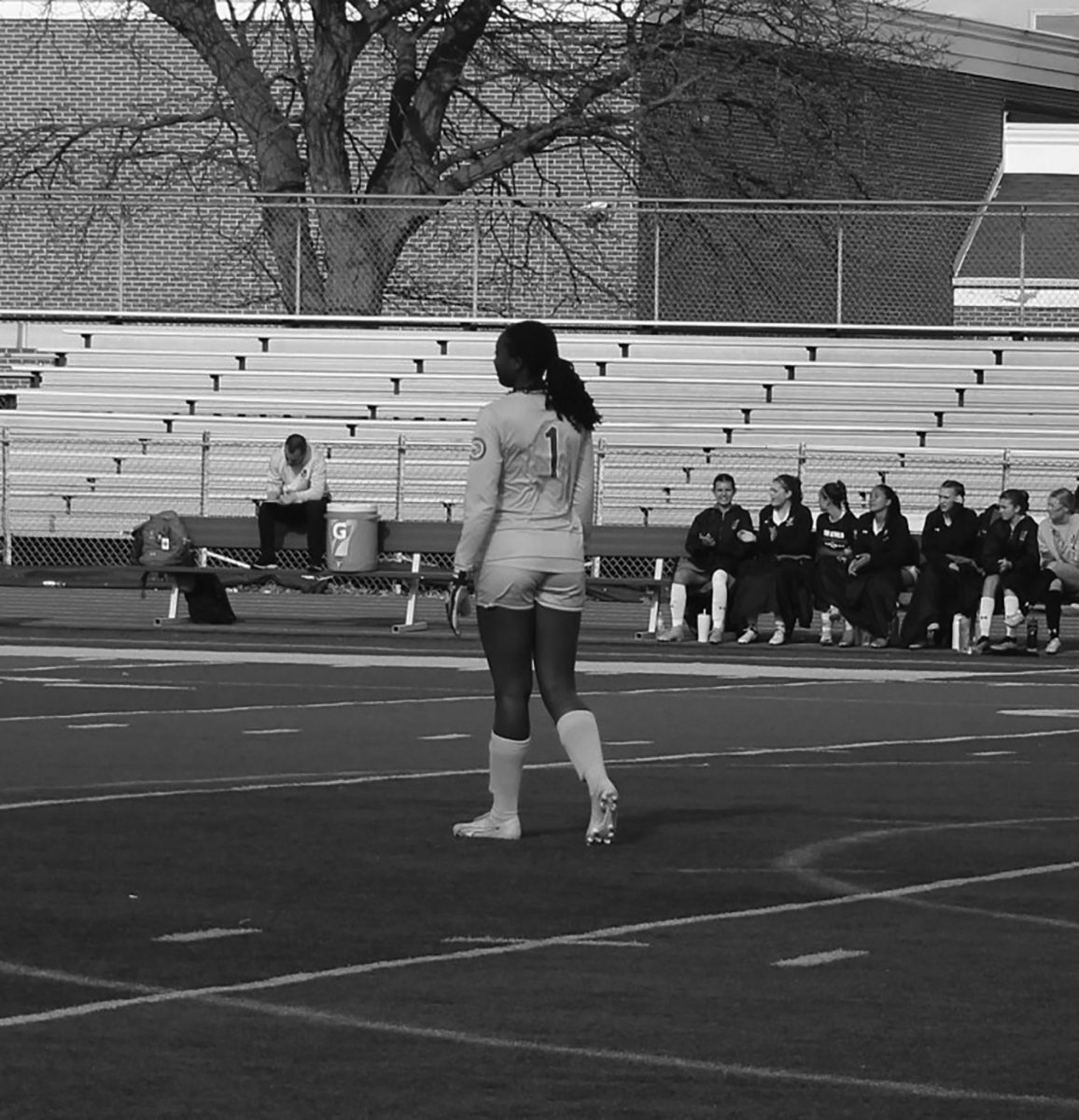
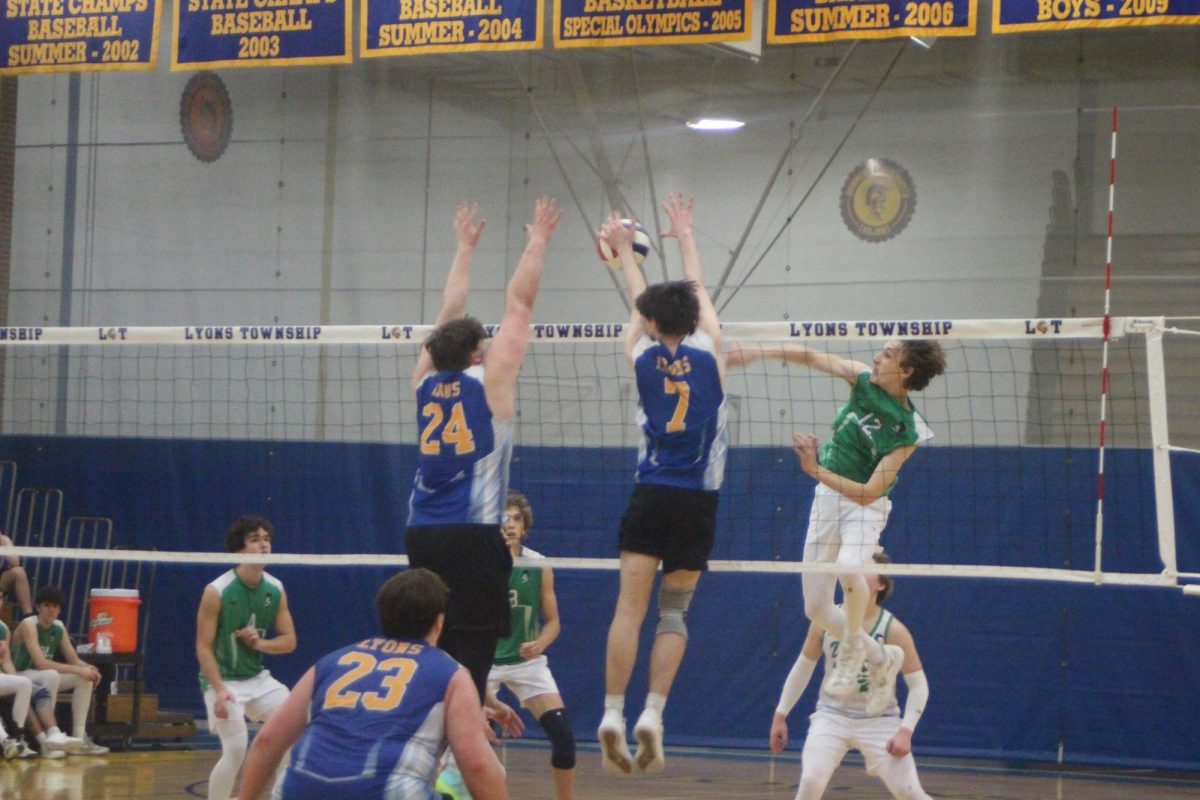


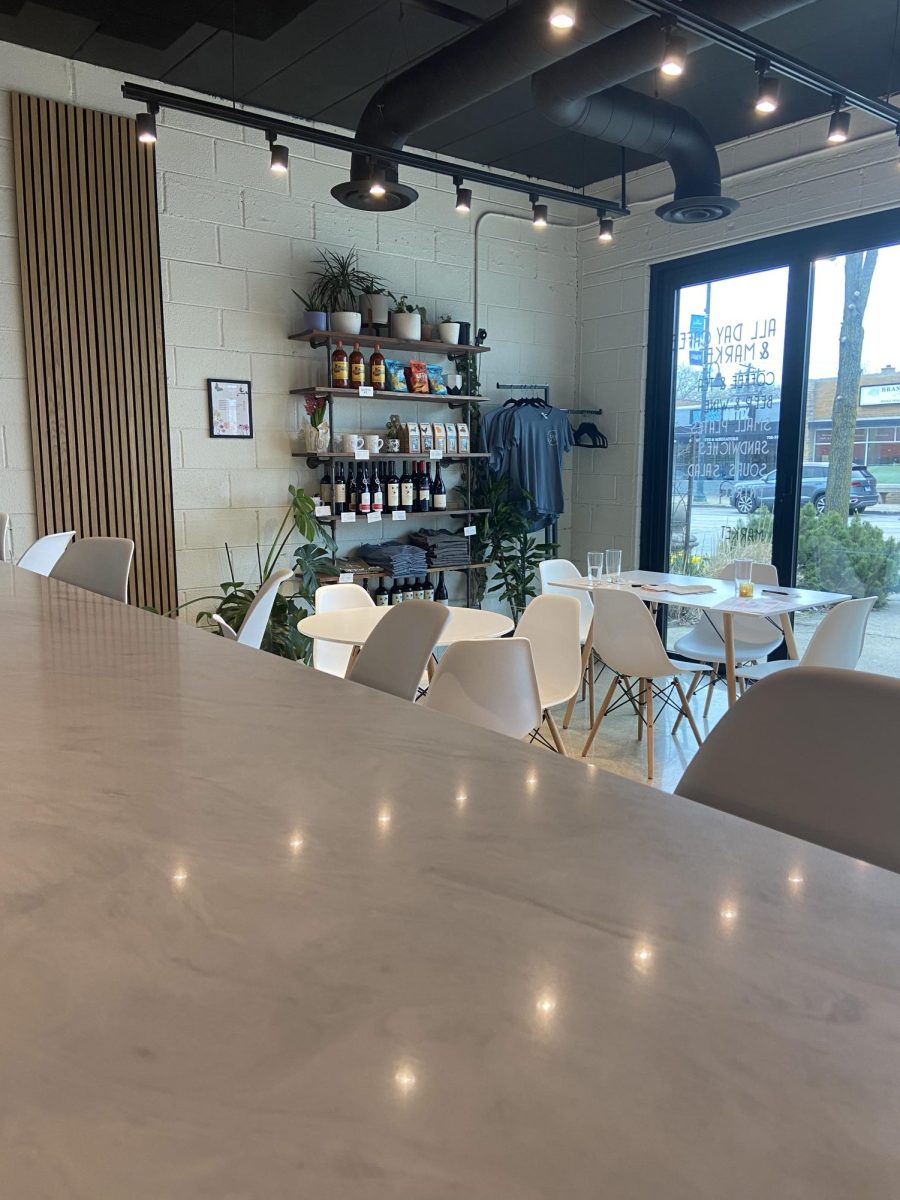





![Movie poster for [Rec] (2007).](https://www.lionnewspaper.com/wp-content/uploads/2023/04/rec-640x900.jpg)

